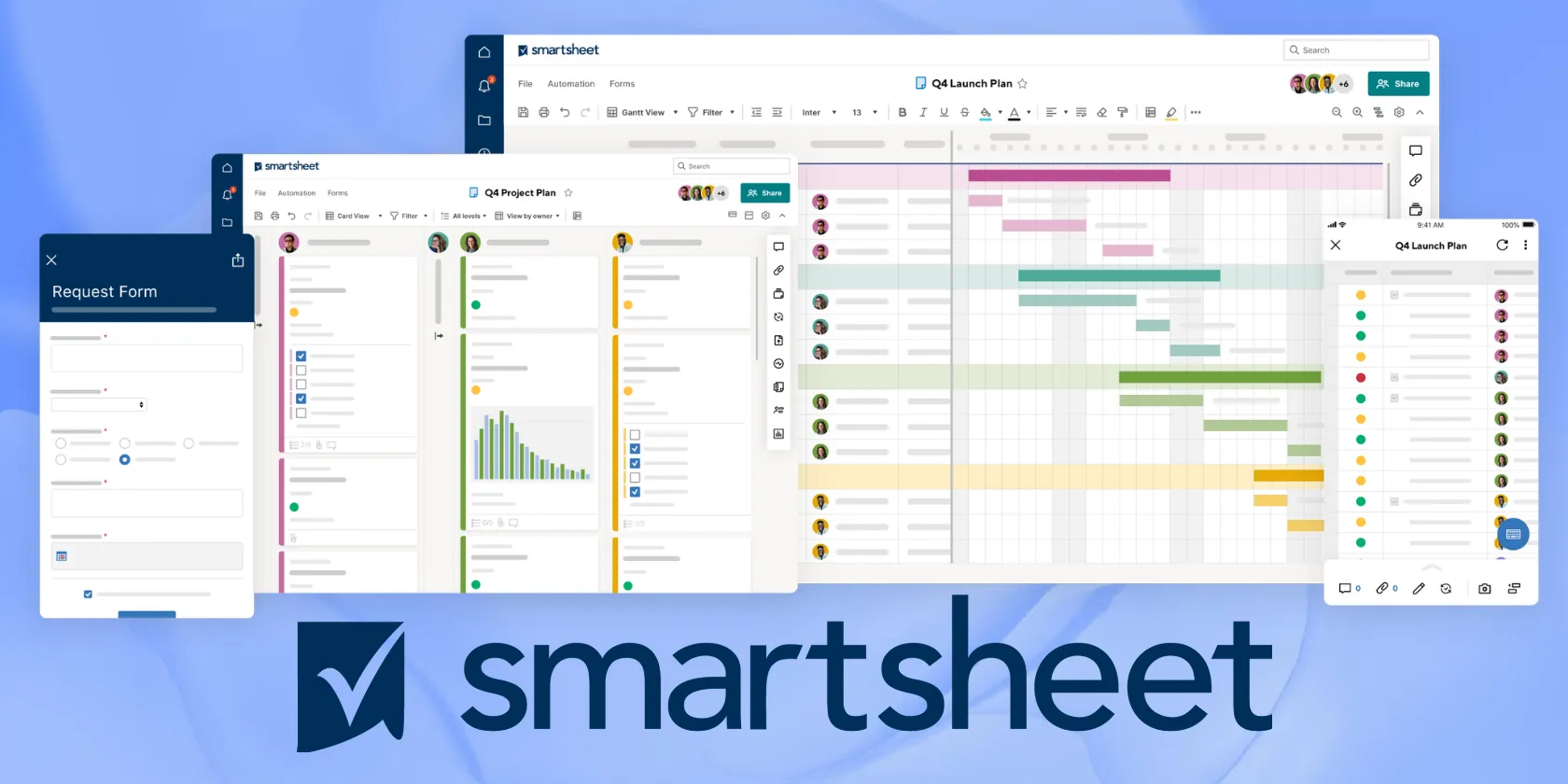In today’s fast-paced business environment, productivity is key to success. With so many tasks to complete and deadlines to meet, it can be challenging to stay organized and on track. That’s where Smartsheet comes in. Smartsheet is a cloud-based platform that helps businesses streamline their workflows and boost productivity. In this in-depth guide, we’ll take a closer look at Smartsheet and how it can help you and your team get more done in less time.
What is Smartsheet?
Smartsheet is a cloud-based project management and collaboration platform that allows teams to work together on projects and tasks from anywhere. It’s an all-in-one platform that provides a range of tools and features designed to help teams stay organized, track progress, and collaborate effectively.
Smartsheet was founded in 2005 and has since grown to become one of the leading project management and collaboration tools on the market. The platform is used by businesses of all sizes, from small startups to large enterprises, across a range of industries.
Benefits of using Smartsheet
There are many benefits to using Smartsheet for project management and collaboration, including:
- Improved collaboration: Smartsheet allows teams to work together on projects and tasks from anywhere. Team members can collaborate in real time, making it easy to share ideas, provide feedback, and stay on the same page.
- Increased productivity: Smartsheet streamlines workflows, making it easier to get work done quickly and efficiently. With automated processes and tools designed to eliminate manual tasks, teams can focus on what matters most.
- Enhanced visibility: Smartsheet provides real-time visibility into project progress, making it easy to track progress and identify issues before they become major problems. This visibility helps teams stay on track and ensures that everyone is working towards the same goals.
- Improved accountability: Smartsheet allows teams to assign tasks and responsibilities, making it easy to track who is responsible for what. This helps ensure that everyone is held accountable for their work and that nothing falls through the cracks.
Related: Conquer the High Seas: Exploring the Thrilling game, World of Warships
Getting started with Smartsheet
Getting started with Smartsheet is easy. The first step is to sign up for a free trial account. Once you have an account, you can start exploring the platform and its features.
The Smartsheet interface is intuitive and user-friendly, making it easy to get started. You can create new sheets, projects, and tasks in just a few clicks. Smartsheet also provides a range of templates that you can use to get started quickly.
Creating a sheet in Smartsheet
One of the core features of Smartsheet is its ability to create sheets. Sheets are like spreadsheets, but with additional features designed for project management and collaboration.
To create a sheet in Smartsheet, follow these steps:
- Click on the “Sheets” tab in the top navigation menu.
- Click on the “New Sheet” button.
- Choose a template or start from scratch.
- Add columns and rows to your sheet.
- Start adding data to your sheet.
Smartsheet provides a range of column types, including text, date, and checkbox columns. You can also add attachments, comments, and other data to your sheet.
Managing Tasks in Smartsheet
Here are some tips for managing tasks in Smartsheet:
- Create a sheet: Create a new sheet for your project in Smartsheet. You can either use one of the pre-built templates or create your own custom sheet.
- Define columns: Define the columns that you need for your project, such as task name, owner, start and end dates, priority, status, and any other relevant information.
- Add tasks: Add all the tasks to the sheet and assign them to the relevant team members.
- Set deadlines: Set deadlines for each task and assign a start and end date. This will help you keep track of progress and ensure that everything is completed on time.
- Assign owners: Assign owners to each task, so that everyone knows who is responsible for completing it.
- Use conditional formatting: Use conditional formatting to highlight important information, such as tasks that are overdue or nearing their deadline.
- Collaborate with your team: Collaborate with your team by sharing the sheet with them and allowing them to make edits and updates as necessary.
- Use reports: Use reports to generate summaries of your project and get an overview of the progress that has been made.
- Track progress: Use the Smartsheet Gantt chart to track progress and ensure that everything is on track.
- Communicate regularly: Communicate regularly with your team to ensure that everyone is aware of the project status and any updates or changes that have been made.
Start Using Smartsheet for free today.



